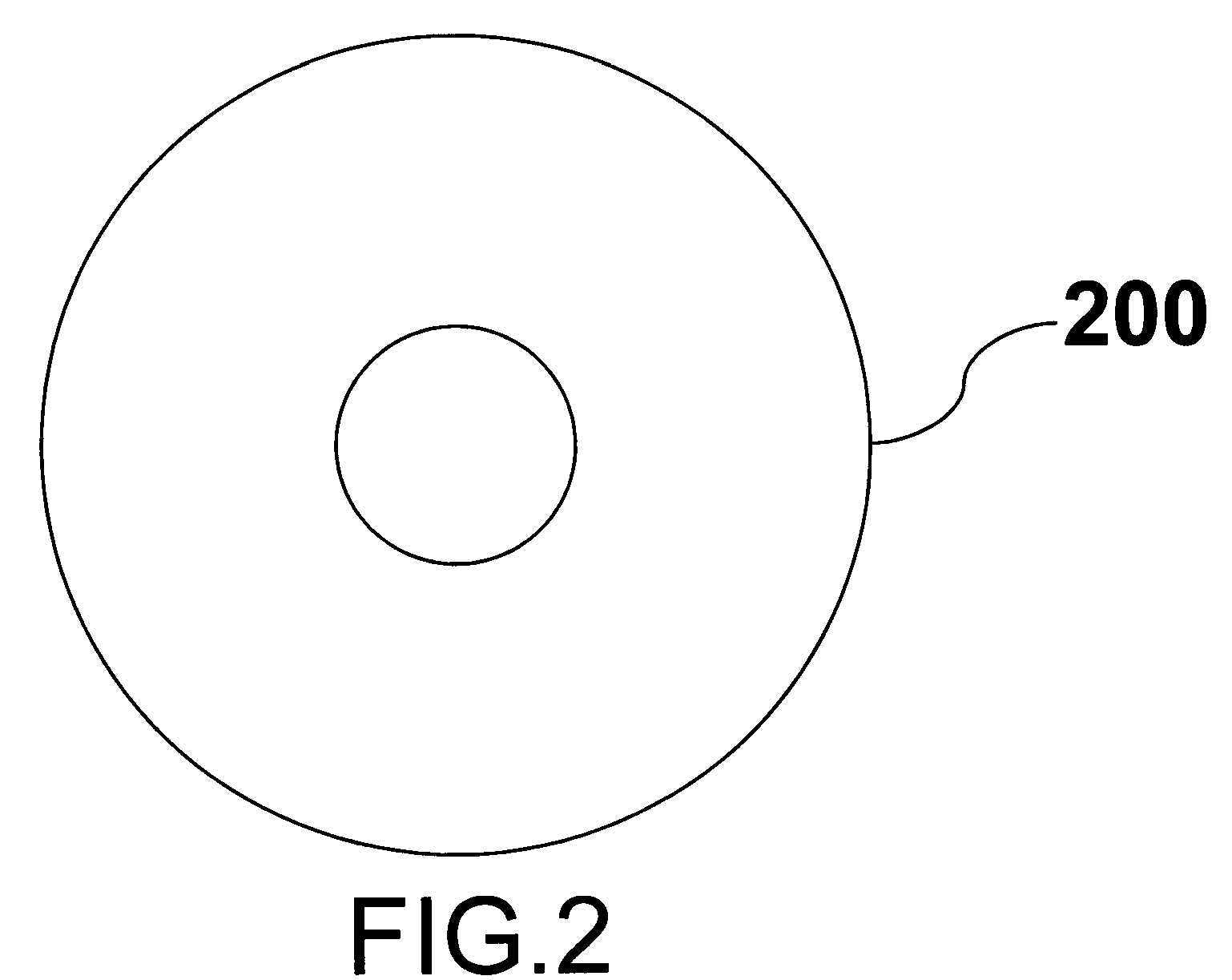Method and device for tinnitus masking
a masking and tinnitus technology, applied in the field of tinnitus suffering reduction, can solve the problems of insufficient understanding of difficult to determine the source of tinnitus, and inability to completely or even well understand the mechanisms involved, and achieve the effect of optimizing the mask
- Summary
- Abstract
- Description
- Claims
- Application Information
AI Technical Summary
Benefits of technology
Problems solved by technology
Method used
Image
Examples
Embodiment Construction
[0029]The nature, objectives, and advantages of the invention will become more apparent to those skilled in the art after considering the following detailed description in connection with the accompanying drawings.
[0030]The following is a list of reference numerals in the drawings.
[0031]Reference Numerals in FIG. 1:[0032]100 Computing system[0033]102 Processor[0034]104 Storage[0035]106 Network interface[0036]108 Input / output[0037]110 Memory[0038]112 Non-volatile memory[0039]114 Display
[0040]Reference Numerals in FIG. 2:[0041]200 Optical storage disk
[0042]Reference Numerals in FIG. 3:[0043]300 User[0044]302 Computing system[0045]304 Graphical-user interface[0046]306 Tinnitus masks[0047]308 Set of tinnitus masks[0048]310 Levels of performance[0049]312 Computer-based optimization techniques[0050]314 Ranked[0051]316 Parent tinnitus masks[0052]318 Offspring tinnitus masks[0053]320 Termination criterion[0054]322 Optimized tinnitus mask
[0055]Reference Numerals in FIG. 4:[0056]400 Optimized...
PUM
 Login to View More
Login to View More Abstract
Description
Claims
Application Information
 Login to View More
Login to View More - R&D
- Intellectual Property
- Life Sciences
- Materials
- Tech Scout
- Unparalleled Data Quality
- Higher Quality Content
- 60% Fewer Hallucinations
Browse by: Latest US Patents, China's latest patents, Technical Efficacy Thesaurus, Application Domain, Technology Topic, Popular Technical Reports.
© 2025 PatSnap. All rights reserved.Legal|Privacy policy|Modern Slavery Act Transparency Statement|Sitemap|About US| Contact US: help@patsnap.com



